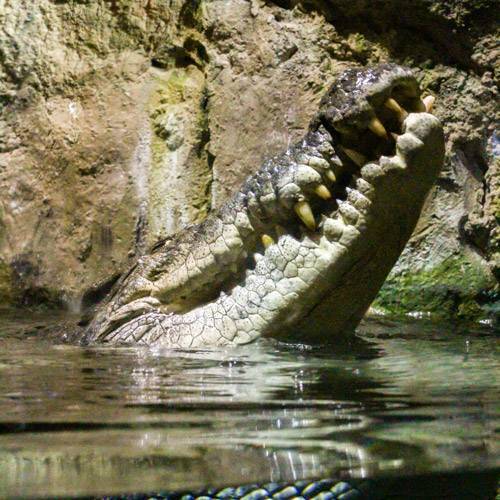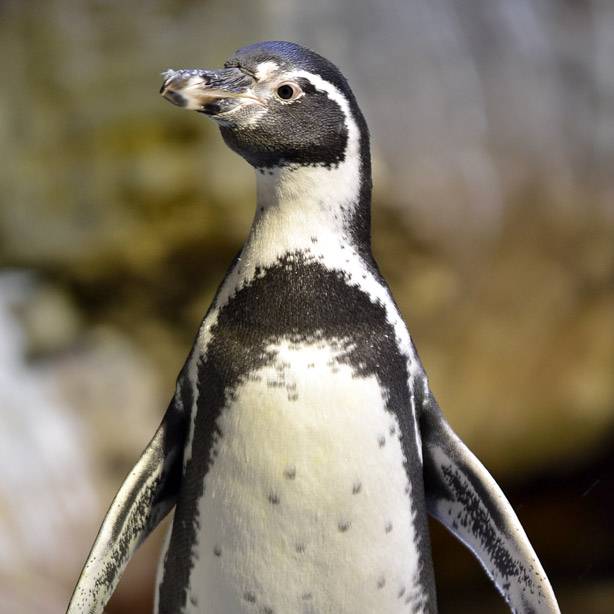Emaar Aquarium and Underwater Zoo is home to 5 species of snakes in the Snake Hill area.
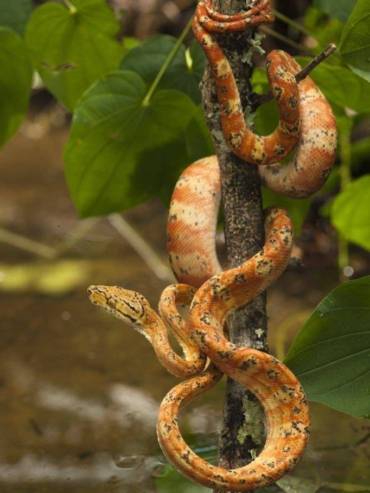
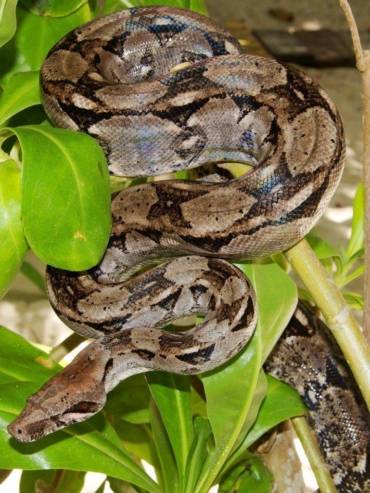
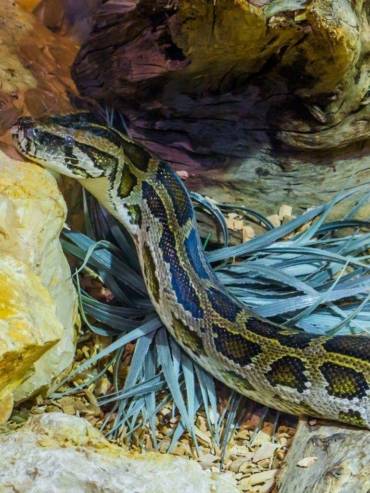

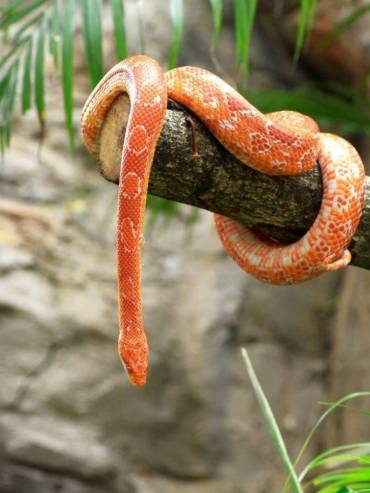
Boa Constrictor
Boa constrictors are very close relatives of pythons and range in length from 50 cm to 4 m. Females become larger and heavier than males. Some species live in the tropics, some in very barren areas. The only boa type spur snake (sand snake) living in Turkey grows to a maximum of 1 m 22 cm and is not very aggressive.
Burmese Python
The Burmese Python is one of the 5 largest snake species in the world . They are usually found near water and are sometimes semi-aquatic, but can also be found in trees. Burmese pythons are rainforest dwellers, mostly active at night. They are also excellent swimmers, they can stay underwater for up to half an hour. Burmese pythons spend most of their time in the undergrowth under trees. The ability of Burmese Pythons to digest such large prey has made them a model species for digestive physiology.
Royal Python
This genre is particularly revered in the traditional religion of the Igbo people in Southeast Nigeria . As an animal that travels very close to the ground, it is thought to be the symbol of the earth.
Amazon Tree Boa Constrictor
This species is a truly aggressive species. When approached, it rolls its body into a roll and bites it. When provoked, it can take the form of a ball and compress and twist its body. It is a solitary species, active day and night.
Corn Snake
Egyptian snakes are mostly nocturnal predators, they are usually active in the early evening. They easily climb trees and enter abandoned buildings in search of prey. They are very secretive and spend most of their time underground trapping in rodent burrows. They also often hide under logs, rocks, and other debris with loose bark during the day. Not much is known about the reproductive behavior of Egyptian snakes.



